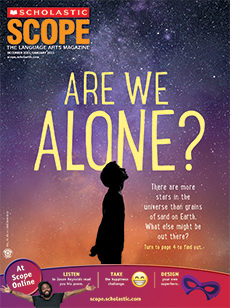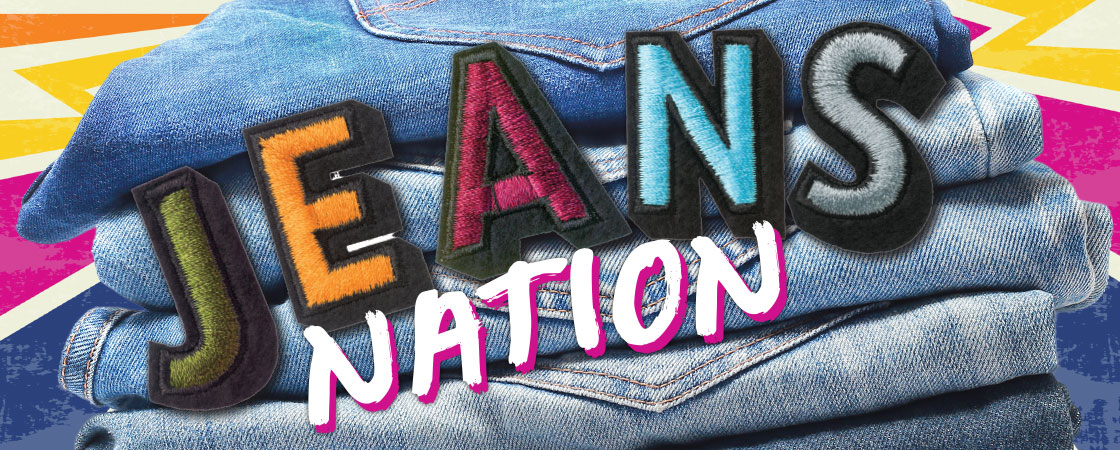Thousands of men swarmed over the dusty hills of western Nevada. It was 1870, and they were all looking for the same thing: the glint of silver and gold.
Just one shiny nugget could make them rich. And so day after day, they trudged through cramped tunnels and hunched over shovels, searching. But as they dug and scraped and sifted dirt, many faced a terrible problem. It wasn’t their aching backs or their blistered fingers. It wasn’t even the mountain lions prowling the hills.
The problem was that they kept ripping their pants!
A tailor from Eastern Europe named Jacob Davis would help fix that. As the story goes, a worker’s wife asked Davis to make her husband a stronger pair of pants. Looking at the round metal pins he used on horse blankets, Davis was struck with an idea: Fasten the pins, called rivets, onto the parts of the pants that tore most often—the pocket corners and the fly.
His idea was simple—and genius. The rivets held the fabric together perfectly, making the pants virtually indestructible. Soon, every worker wanted a pair.
More than 150 years later, Davis’s riveted pants are still popular. In fact, you probably have a pair in your closet right now. You know them as jeans.
Thousands of men swarmed over the dusty hills of western Nevada. It was 1870. They were all looking for the same thing: the glint of silver and gold.
Just one shiny nugget could make them rich. And so day after day, they trudged through cramped tunnels. They hunched over shovels. They searched. But as they dug and scraped and sifted dirt, many faced a terrible problem. It wasn’t their aching backs. It wasn’t their blistered fingers. It wasn’t even the mountain lions prowling the hills.
The problem was that they kept ripping their pants!
Jacob Davis, a tailor from Eastern Europe, would help fix that. Here’s how the story goes: A worker’s wife asked Davis to make her husband a stronger pair of pants. As he looked at the round metal pins he used on horse blankets, Davis got an idea. He would fasten the pins, called rivets, onto the parts of the pants that tore most often—the pocket corners and the fly.
His idea was simple—and genius. The rivets held the fabric together perfectly. The pants were virtually indestructible. Soon, every worker wanted a pair.
More than 150 years later, Davis’s riveted pants are still popular. You probably have a pair in your closet. You know them as jeans.

